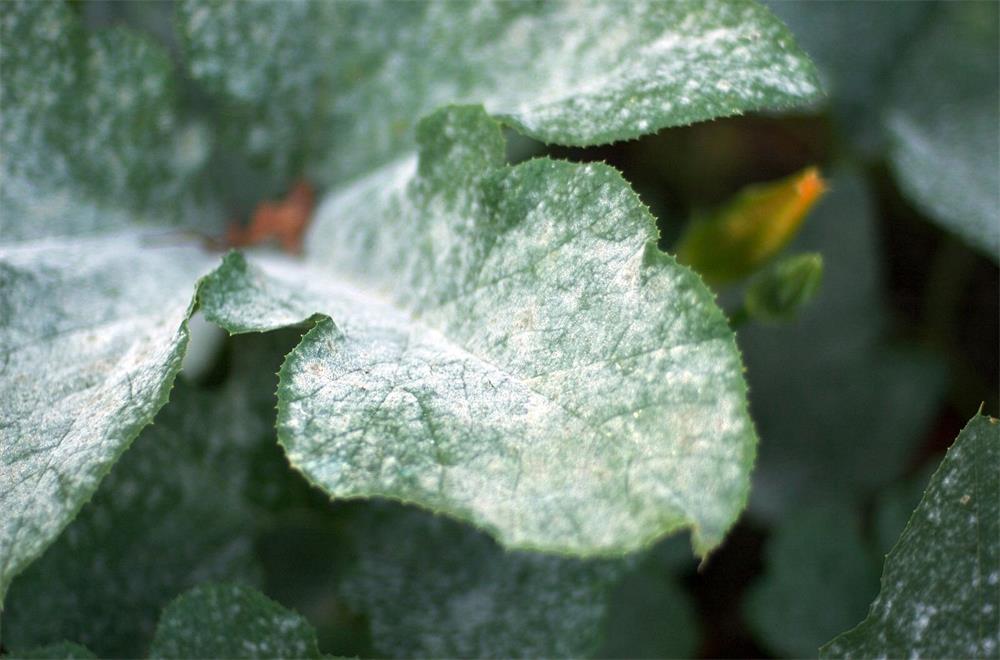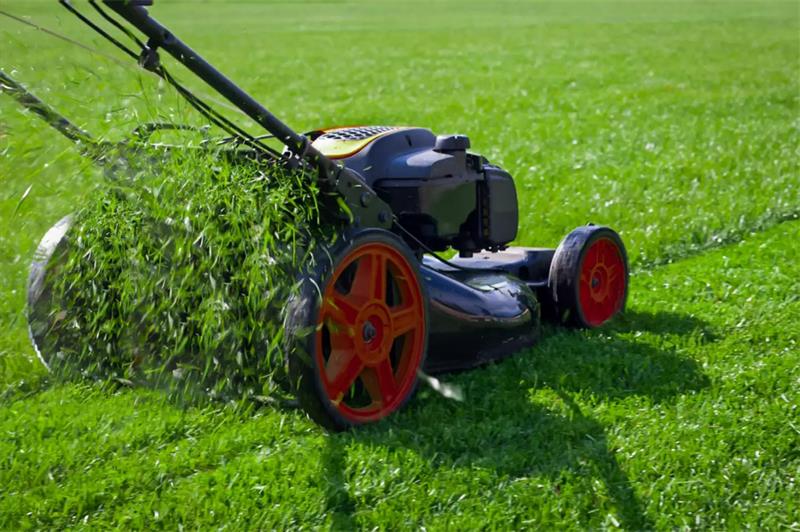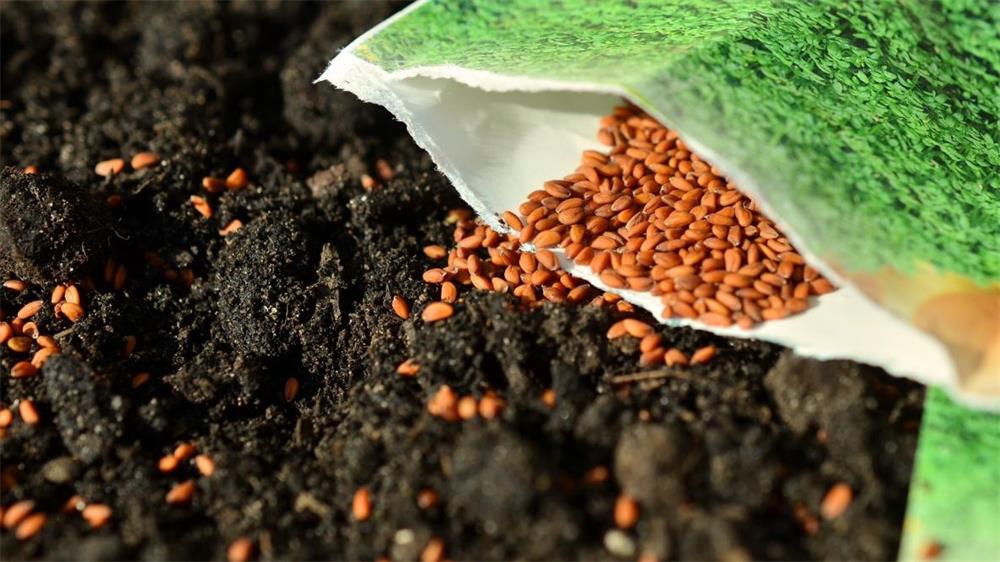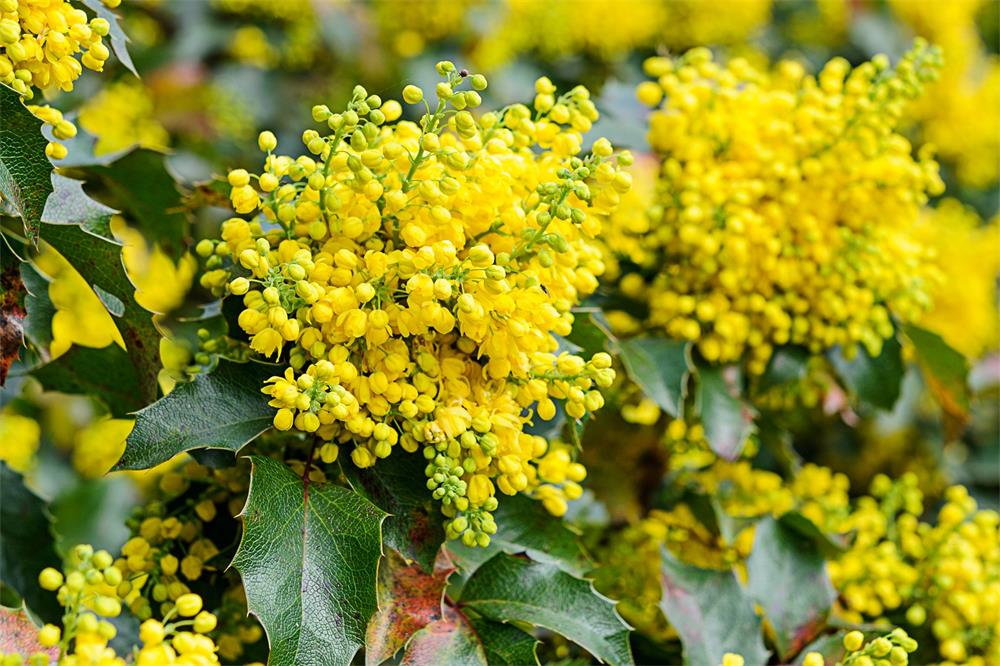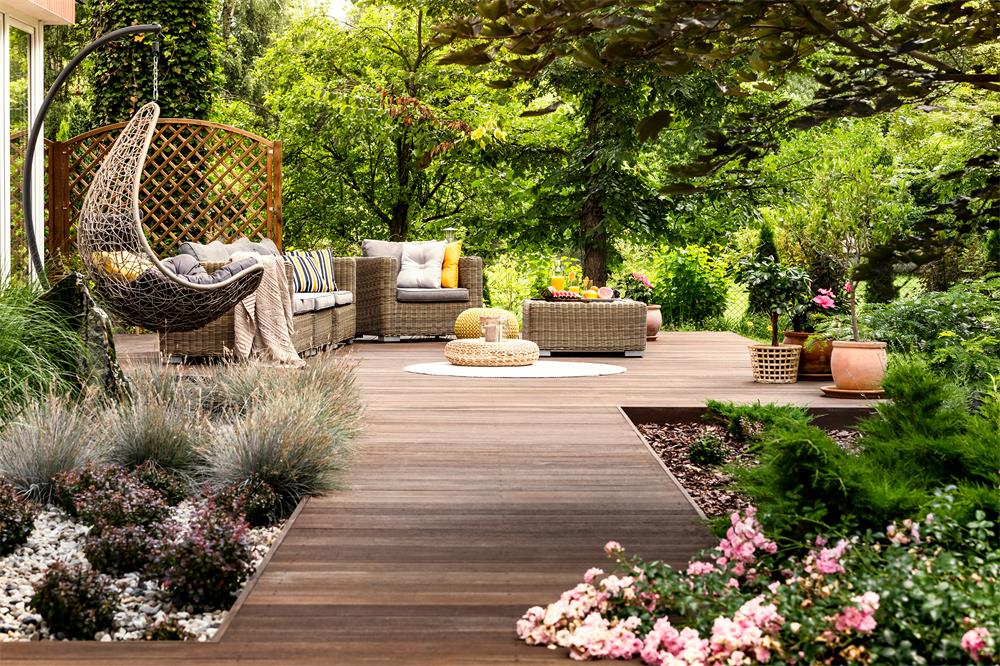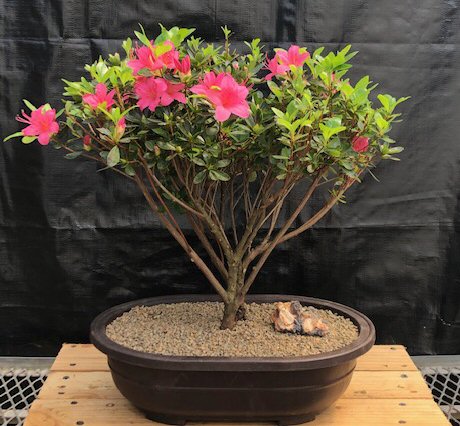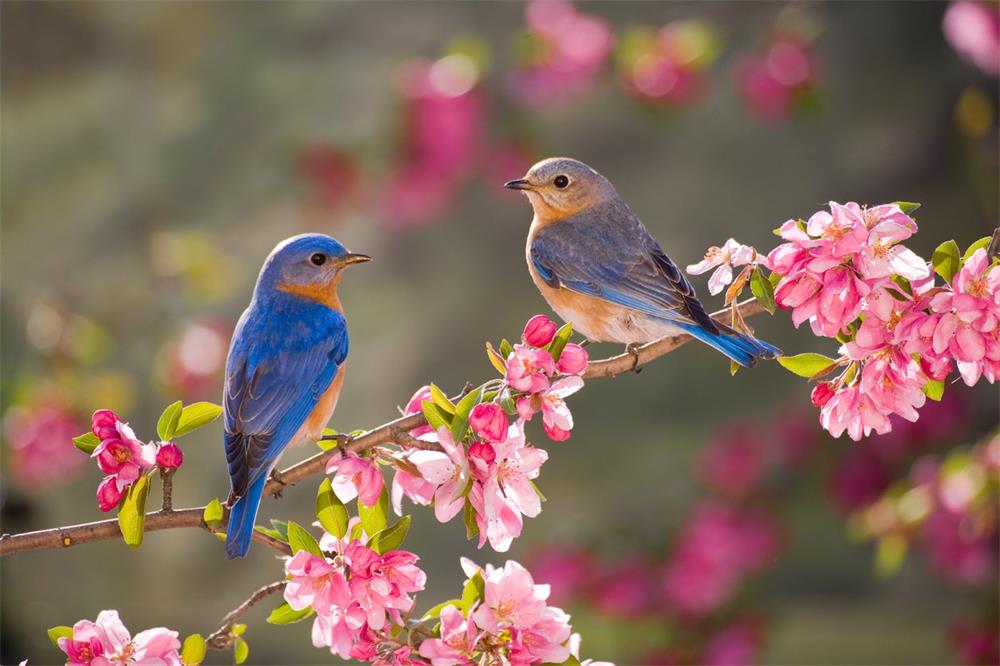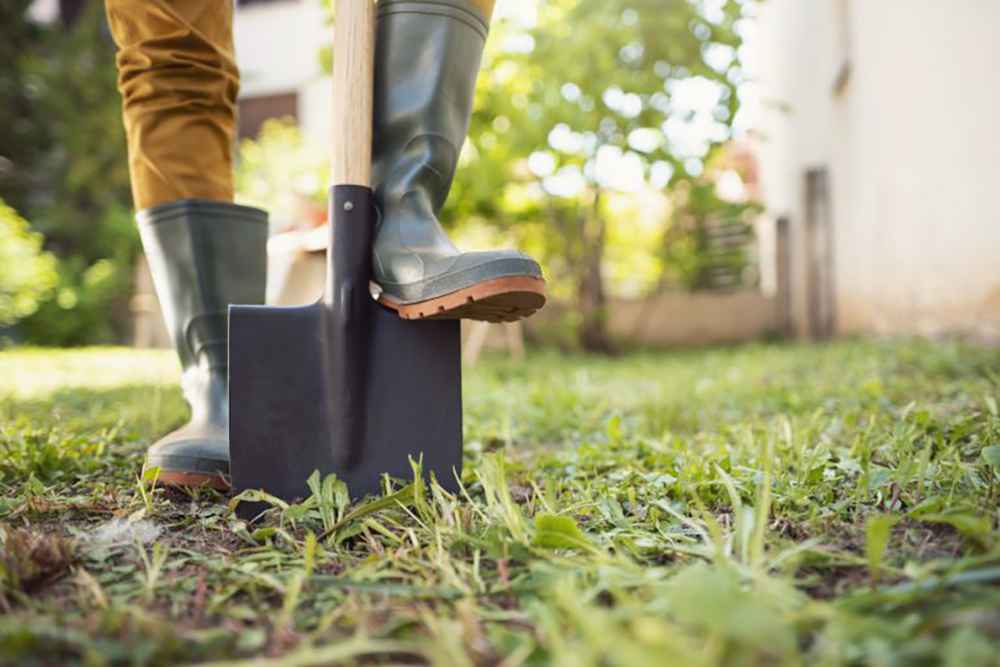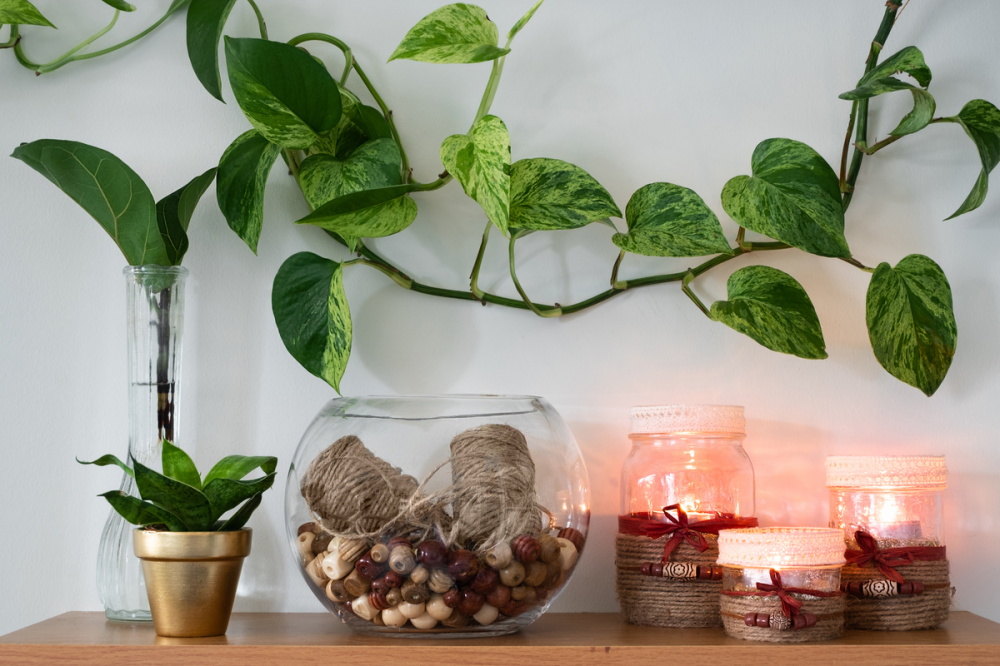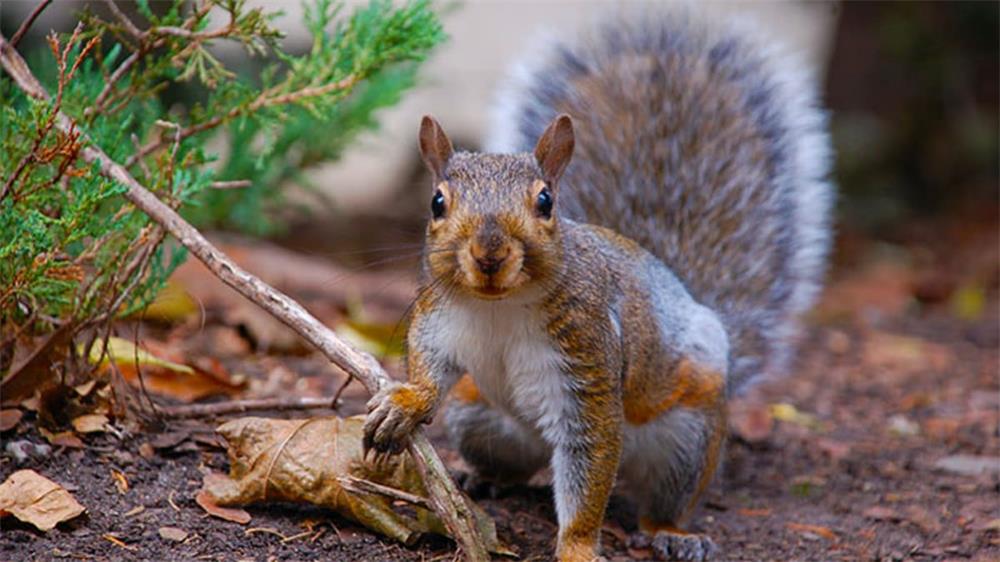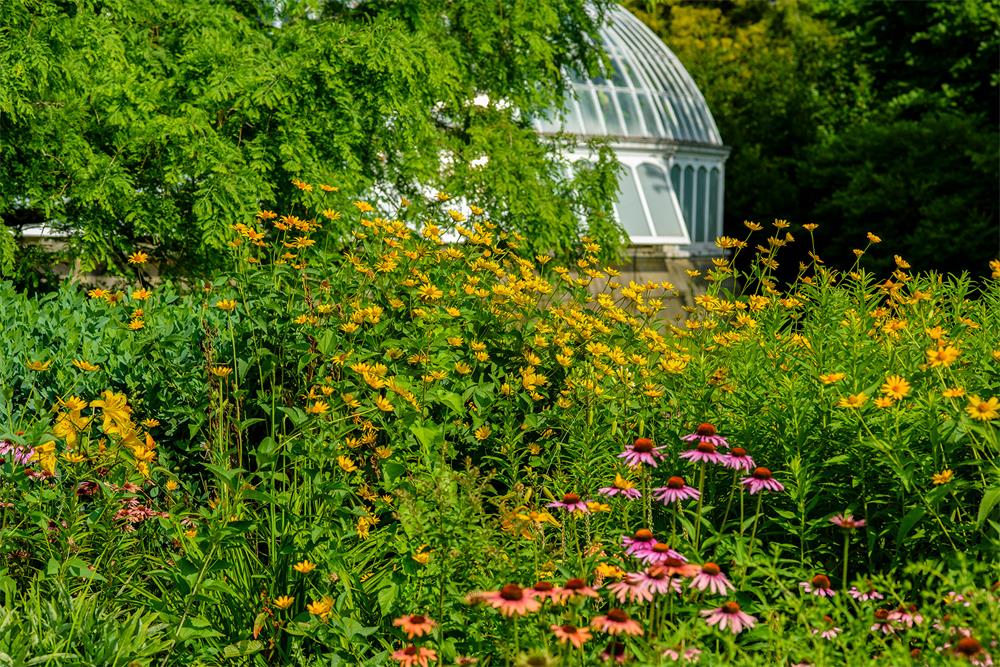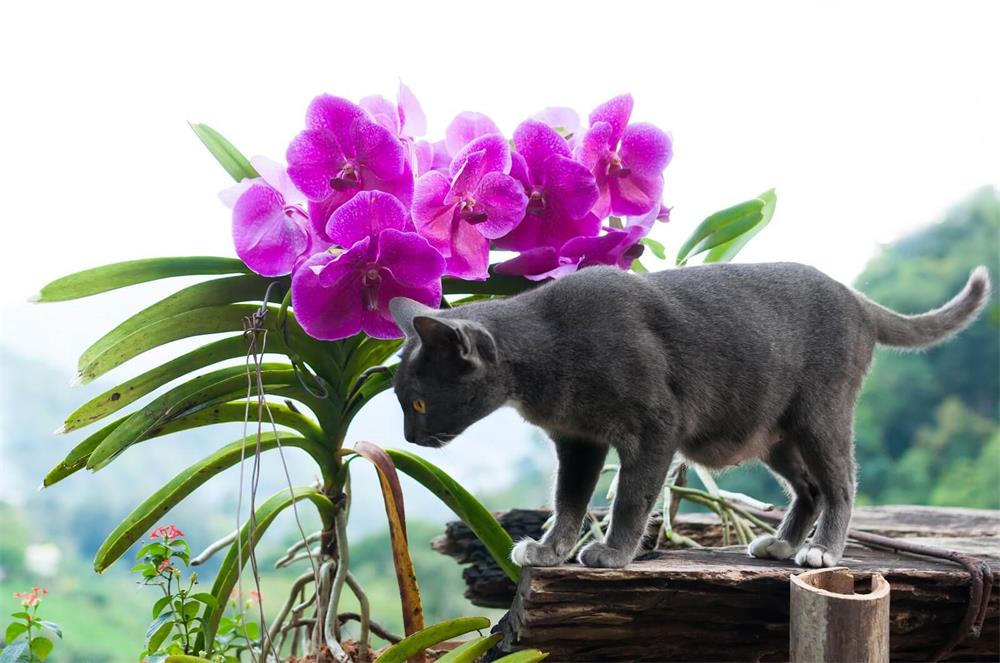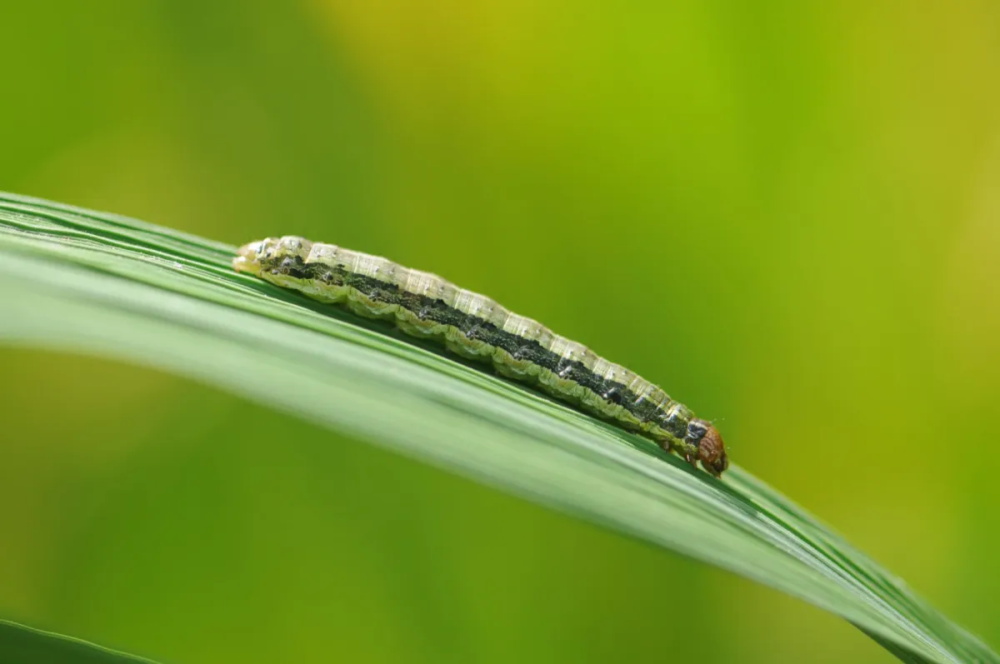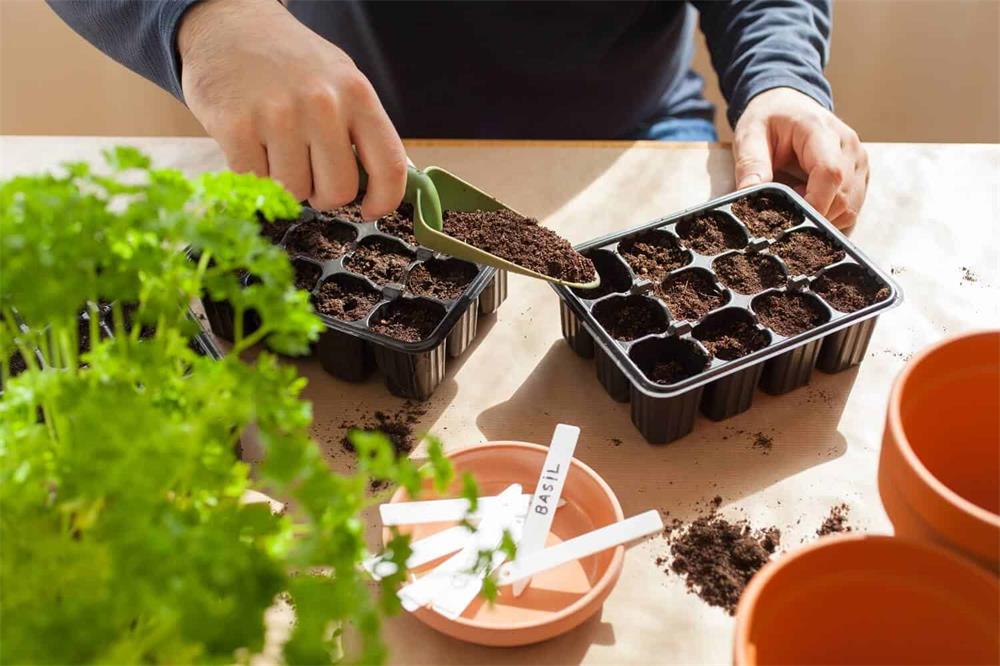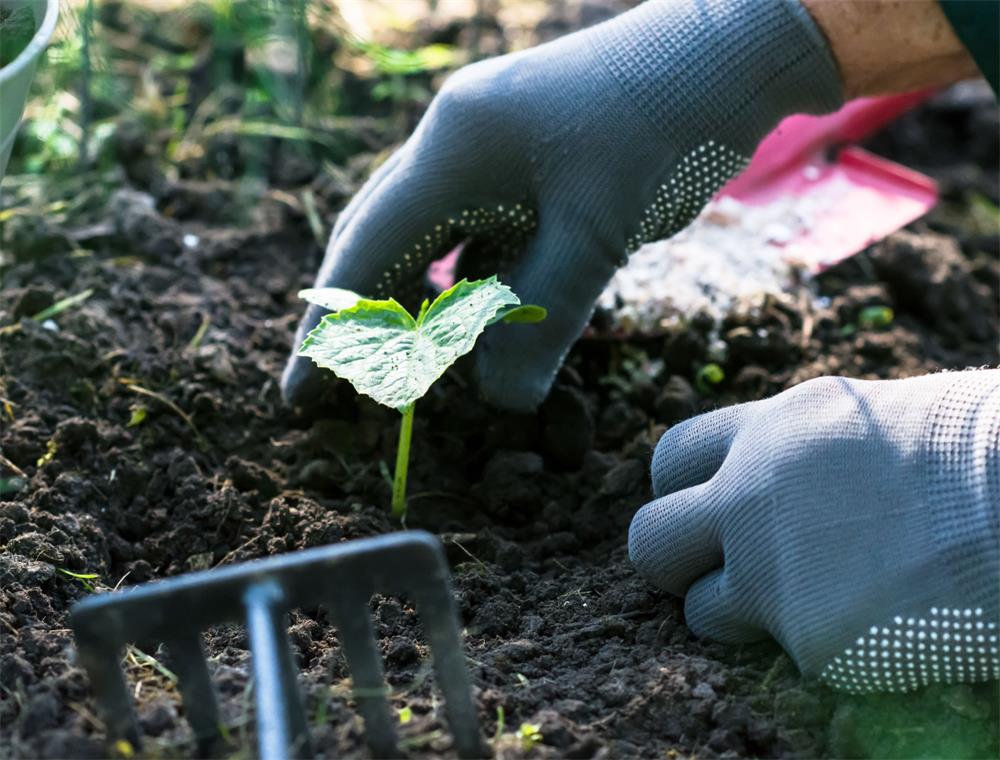
Table of Contents
Epsom salt is a natural mineral compound that consists of magnesium and sulfate. It has been used for centuries as a home remedy for various ailments, such as muscle pain, constipation, and inflammation. But did you know that Epsom salt can also benefit your plants?
Many gardeners swear by Epsom salt as a fertilizer or soil amendment that can help their plants grow stronger, healthier, and more productive. However, not all plants need or respond well to Epsom salt, and applying too much can be harmful to your soil and environment. In this article, we will explore the benefits and drawbacks of using Epsom salt for plants, and how to use it correctly and safely.
What Does Epsom Salt Do for Plants?
Epsom salt provides two essential nutrients for plants: magnesium and sulfur. Magnesium is a key component of chlorophyll, the green pigment that allows plants to perform photosynthesis. It also helps plants absorb other nutrients, such as nitrogen, phosphorus, and potassium. Sulfur is involved in many metabolic processes in plants, such as enzyme production, protein synthesis, and disease resistance.
Some plants are more prone to magnesium or sulfur deficiency than others, depending on the soil conditions, plant variety, and environmental factors. Some common signs of deficiency include:
- Yellowing of leaves between the veins (interveinal chlorosis)
- Stunted growth and reduced yield
- Poor flower or fruit development
- Bitter or bland taste
Epsom salt can help prevent or correct these problems by supplying extra magnesium and sulfur to the plants. It can also improve the soil structure by reducing compaction and increasing water retention.
Which Plants Benefit from Epsom Salt?
Not all plants need or benefit from Epsom salt. Some plants are naturally tolerant of low magnesium levels, while others prefer acidic soils that limit magnesium availability. Adding Epsom salt to these plants may not have any effect or may even harm them.
However, some plants are known to respond well to Epsom salt, especially if they are grown in alkaline, sandy, or nutrient-poor soils. These include:
- Tomatoes
- Peppers
- Roses
- Hydrangeas
- Cucumbers
- Lettuce
- Legumes
- Succulents
These plants tend to show improved growth, color, flavor, and disease resistance when treated with Epsom salt.
How to Use Epsom Salt for Plants
Before applying Epsom salt to your plants, it is advisable to test your soil for magnesium levels. You can send a soil sample to your local extension service or use a home testing kit. If your soil is deficient in magnesium, you can use Epsom salt as a supplement.
There are two main ways to apply Epsom salt to your plants: as a foliar spray or as a soil drench.
Foliar Spray
A foliar spray is a solution of water and Epsom salt that you spray directly on the leaves of your plants. This method allows the plants to absorb nutrients quickly through their stomata (tiny pores on the leaf surface). A foliar spray is best used for fast-growing or flowering plants that need a quick boost of magnesium or sulfur.
To make a foliar spray, dissolve 1 tablespoon of Epsom salt in 1 gallon of water. Use a spray bottle or a garden sprayer to mist the solution on your plants once every two weeks during the growing season. Avoid spraying during the hottest part of the day or when the sun is directly on the leaves, as this may cause leaf burn.
Soil Drench
A soil drench is a solution of water and Epsom salt that you pour around the base of your plants. This method allows the nutrients to seep into the soil and reach the roots of your plants. A soil drench is best used for slow-growing or fruiting plants that need a steady supply of magnesium or sulfur.
To make a soil drench, dissolve 1/4 cup of Epsom salt in 2 gallons of water. Use a watering can or a hose to soak the soil around your plants once every four weeks during the growing season. Avoid applying too much water or too frequently, as this may leach out other nutrients or cause root rot.
Precautions and Tips
While Epsom salt can be beneficial for some plants, it is not a miracle cure-all for every gardening problem. Here are some precautions and tips to keep in mind when using Epsom salt for plants:
- Do not use Epsom salt if your soil is already high in magnesium or sulfur, as this may cause nutrient imbalance or toxicity in your plants. Excess magnesium or sulfur can interfere with the uptake of other nutrients, such as calcium, iron, and zinc, and lead to plant disorders or reduced yield. To avoid this problem, you should test your soil for magnesium levels before applying Epsom salt, and follow the recommended dosage and frequency of application.
- Do not use Epsom salt if your plants are already healthy and thriving, as this may cause nutrient imbalance or toxicity.
- Do not use Epsom salt as a substitute for regular fertilizer, as it does not provide other essential nutrients, such as nitrogen, phosphorus, and potassium.
- Do not use Epsom salt that is scented, flavored, or mixed with other additives, as these may harm your plants or soil.
- Do not apply Epsom salt to dry or stressed plants, as this may worsen their condition.
- Do not overuse Epsom salt, as this may increase the salinity of your soil and water, which can harm your plants and the environment.
Epsom salt can be a useful tool for gardeners who want to improve the health and productivity of their plants. However, it is important to use it wisely and sparingly, and only when needed. By following the guidelines and precautions in this article, you can make the most of Epsom salt for your plants.
Conclusion
Epsom salt is a natural mineral compound that can provide magnesium and sulfur to your plants. These nutrients can help your plants grow stronger, healthier, and more productive, especially if they are deficient in magnesium or sulfur. However, Epsom salt is not a magic solution for every gardening problem, and it should be used with caution and moderation. Before applying Epsom salt to your plants, you should test your soil for magnesium levels, choose the right plants and method of application, and follow the precautions and tips in this article. By doing so, you can enjoy the benefits of Epsom salt for your plants without harming your soil or environment.
If you found this article helpful, please share it with your friends and fellow gardeners. You can also leave a comment below and let us know your experience with using Epsom salt for plants.



